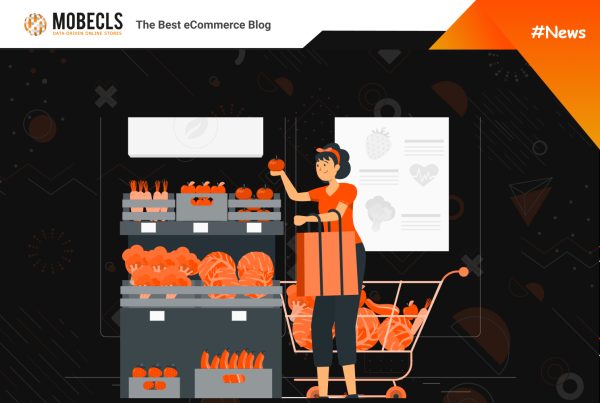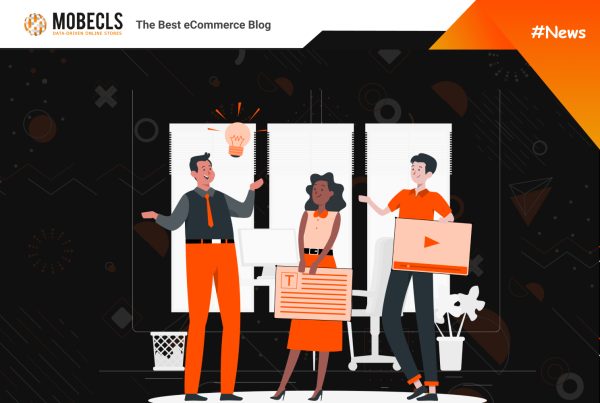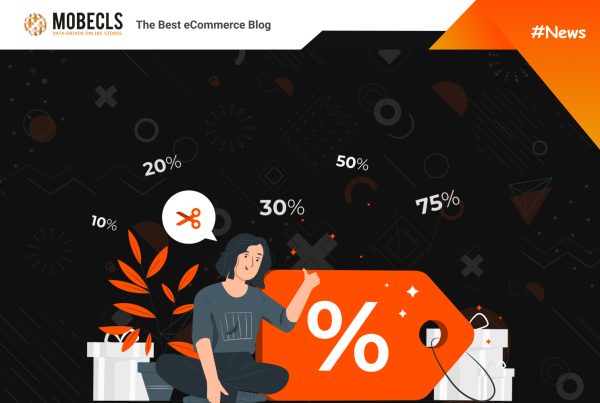Since its founding in 1964, Nike (originally called Blue-Ribbon Sports) has become one of the world’s most recognizable brands, thanks to the famous “Swoosh” logo created by student Carolyn Davidson for a mere $35. The company owes its success not only to innovative products, but also to a solid marketing strategy.
Nike Marketing Strategy: The Beginning
During its over fifty years of existence, Nike’s marketing approach has evolved significantly. Initially, Nike focused on design and manufacturing, which helped the company surpass its competitors. However, in the 1990s, after a series of setbacks, Nike reevaluated its business strategy and placed customers and marketing at the center of its policy.
In 1992, Nike’s CEO Phil Knight commented on these changes in a Harvard Business Review article: “We used to believe that everything started in a laboratory. Now we understand that everything depends on the buyer. While technology plays a significant role, it is the buyer who should steer us in the right direction. We must innovate for a reason, and the source of that reason is the market. Otherwise, we will become a company that produces museum exhibits.”
New Policy
For many years, Nike relied on print and television advertising campaigns that showcased either Nike’s own products or their sponsorship models. Slogans like “Just do it” and “Bo Knows” became synonymous with Nike.
Today, the company has shifted to digital marketing. From 2009 to 2012, Nike’s advertising costs decreased by 40%, even as their marketing fund increased to a record 2.4 billion dollars. Where did all that money go? The answer is advertising, including new technologies that enable Nike to directly reach its target audience – 17-year-old customers who spend 20% more on shoes than older fans of the brand.
Emotional Branding
Nike’s emotional branding strategy is all about building a reputation that assures potential customers that the brand meets their needs, desires, and emotions.
Emotional branding is especially effective when customers feel connected to a brand and experience feelings of affection, love, or friendship – whether they are conscious of these feelings or not.
When it comes to emotional branding, Nike is one of the leaders, relying on the timeless image of the hero. Watching two powerful forces clash, with the stronger one emerging victorious, is a sight that can captivate anyone, especially if the viewer sees themselves as the hero. This is a significant part of Nike’s business strategy.
Nike interprets this classic image in a unique way, focusing on the buyer’s internal enemy – laziness. All Nike advertising motivates buyers to stand up, move forward, and not give up. In other words, to “just do it.” Nike’s advertising is an anthem to work and victory, inspiring potential buyers to overcome their “lazy side” and be meaningful. This strategy is almost universal, as everyone desires to be meaningful.
Nike has been so successful that its advertising is not just for athletes – anyone can be meaningful, since this desire is innate in all people. This strategy is almost universal.
Even though Nike has decided to focus on digital marketing, the company’s ambassadors continue to motivate people on Twitter, Facebook, and Instagram. Few companies communicate with their customers as much as Nike does.
Nike Digital Marketing Strategy: Social Networks
Like many other large corporations, Nike skillfully takes full advantage of social networks. On its pages, the brand communicates directly with customers. And in this regard, Nike is one of the highest among the most active companies concerned about their presence on social networks. That’s why social networks are Nike’s competitive advantage.
Nike has several different Twitter accounts for different subsidiary brands. The company mainly focuses on using the @mention function. This means that a significant part of Nike’s Twitter activity is in responding to buyer’s requests that can directly contact their favorite brand. In the past, this approach was not possible.
Nike employees personally answer questions about products, goods remaining in the warehouse, and orders. And this is despite the fact that Nike has a separate account for support services, specially created to answer customer questions.
On the pages of their subsidiary brands (related to golf, football, basketball, etc.), buyers can find training tips, detailed information about the products, get answers to their questions (as on all other pages) or find inspiration. Twitter helps to diversify Nike’s digital strategy.
The Nike account on Instagram is the most popular on this social network: the number of subscribers is really impressive – more than 80 million! By publishing videos and art photos, Nike creates a very attractive image in both its main account and its subsidiaries – for example, in Nike Running. The company understands what Instagram is for and what subscribers want to see, so you can find a huge amount of breathtaking landscapes and pictures of real people who wear Nike, not as from a catalog.
Besides, the company has a tool called NIKEPHOTOiD, with which customers can use their Instagram photos to customize their sneakers. Instagram is a big part of Nike digital strategy.
At first, the Nike page on Pinterest was dedicated exclusively to the Nike Women line. Now on this site, as many as twelve boards with pictures of different lines of shoes, clothing for the holidays and accessories. However, Nike seems to publish only its own images on Pinterest and uses this site more as a product catalog, and not as a marketing tool that could be the perfect assistant to showcase corporate values and culture.
Nike has several pages on Facebook – each is dedicated to a separate product category. On the pages devoted to the sport, new photos and videos are published daily – as a rule, with the participation of famous athletes sponsored by Nike, and the company’s products.
Nike Innovation Strategy: Digital sport
Nike Digital Sport is a relatively new division of Nike, launched in 2010, that develops technologies and devices to help customers track their fitness statistics. This innovation strategy is a key focus for Nike, as seen by their over $800 million investment in non-traditional advertising that same year.
The most famous product from Nike Digital Sport is the Nike+ running sensor, which was developed in collaboration with Apple and has over twenty million users. The Nike+ system allows users to track their physical activity levels using a wireless connection. All data is stored on the Nike website, and users can share their achievements on social media platforms like Twitter and Facebook. The complete set includes the Nike+ sensor, appropriate shoes, and a tracking bracelet.
Recently, Nike has created a FuelBand – a bracelet that measures energy costs.
Nike Online Store
Nike.com the online store, has won numerous awards for providing an outstanding user experience. It has been honored at Cannes and other festivals such as The Webby’s, Digiday, and London International. The online store is a crucial component of Nike’s business model. In fact, Nike has been nominated for and won several awards for offering the best shopping experience.
Nike Uses Custom Products
Create any sneakers you wish.
Customers can spend hours searching for the “perfect” item and still not find it, which can be a frustrating experience for every online shopper. No matter how vast a store’s catalog is, there will always be people who won’t be satisfied with it. The best way to avoid this problem is to give customers the opportunity to create their own products.
Nike offers great functionality for personalizing sneakers. Nike’s customers can edit the base, mudguard, lining, laces, airbag, Swoosh (Nike’s logo), and more. This feature will satisfy even the most demanding clients and help to win more loyal customers. Moreover, customers appreciate interactivity, and product customization is the most interactive eCommerce feature.
One of our clients sells golf clubs. He asked us to implement this feature to his online store. Site’s catalog contains more than 80.000 SKU and some people can’t still find what they need. When we added this functionality, customers got the opportunity to customize their golf clubs. They have 4 main attributes for personalization: hand, loft, shaft model and flex.
Do you want to have custom products in your Magento store?
Nike Uses Special Discounts For Customer Groups
Verify your details and get a 10 % off at Nike.com. Fill in the registration form and upload documentation to verify data.
Nike offers special discounts to certain customer groups such as military personnel and their spouses, students, etc. By doing so, Nike aims to increase brand awareness and loyalty among these groups. These discounts can also help to sell new or overstocked products by targeting specific customer groups who may be interested in them.
Offering such discounts can be an effective way to attract new customers and retain existing ones. Customers who are part of these groups can also act as brand ambassadors and spread the word about the discounts to their social circles. The key to success is to identify which customer group is most likely to be interested in the products and tailor the discount accordingly.
We implemented almost the same feature to an online store selling vapor products. We built and designed a registration form to verify the age of customers. The principle is the same, you fill in your data and download documentation to verify the entered information.
Do You Want to Apply Discounts for Customer Groups?
This feature is a must-have if you want to start a special promotional campaign or sell tobacco/alcohol products. If you want to find out what difficulties we faced optimizing age verification for Magento 2 store check it out.
Nike Uses Store Locator
All you need is just to enter your city, address or postcode, find the nearest shop and go shopping.
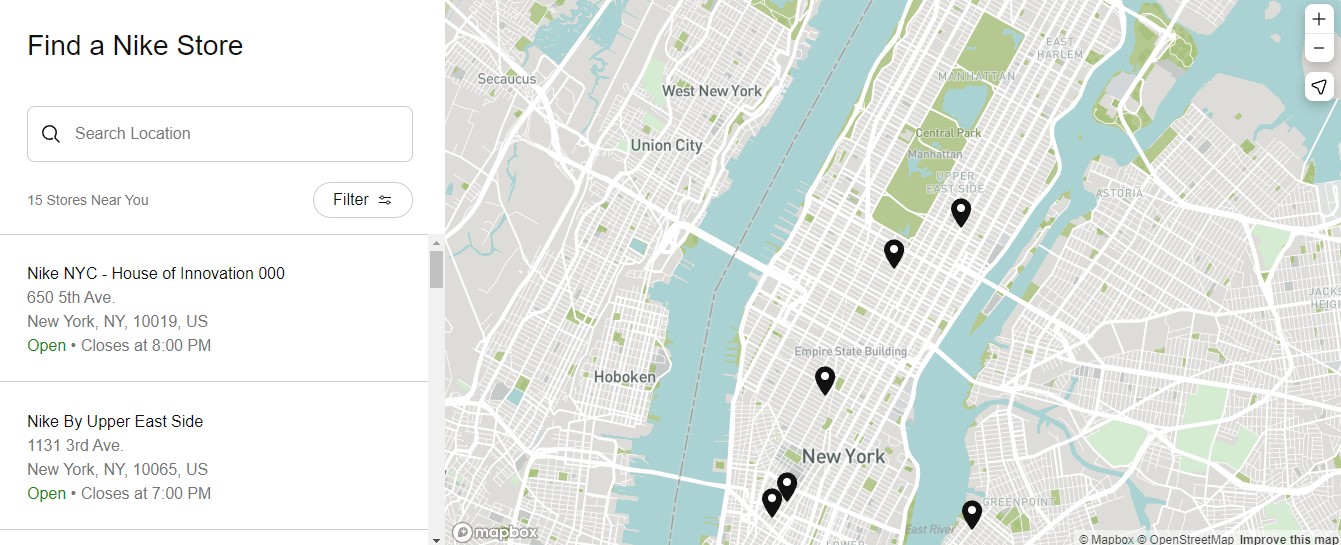
Shopping online is extremely convenient, fast and easy. Nevertheless, some people prefer to purchase goods in brick and mortar stores. This fact isn’t surprising. Customers can use online stores as a product catalog. They search items they want to purchase, find them and go to the store on their own. What are the reasons? Let’s take a Nike online store as an example.
What is the biggest problem in buying footwear online? You can’t try it on. This is a stumbling block for many customers. They are afraid that the sneakers they like won’t fit them or they won’t like the material they are made from. Some of these people just don’t want to wait and they prefer to do everything by themselves.
Our friends from Amasty team has a nice Store Locator Extension for Magento stores. We had some cases when we were customizing it to meet clients’ business specifics. It was a B2B case and we were asked to extend its functionality. That client had a wide network of dealers and it was hard to add all of them on the map manually. We provided all the client’s dealers with access to Store Locator to add their stores by themselves. It’s a win-win situation for both dealers and site owners.
Nike Uses Exclusive Products
NikePlus Membership unlocks more shopping opportunities.
“Exclusive products” is a nice marketing technique that boosts brand loyalty and awareness. If you want to boost your sales you can use the following Nike’s tactics:
- Create a membership program
- Offer free shipping
- 30-day wear test
- Access to the latest drops
- Birthday rewards and gifts
- Opportunity to attend special events
- Exclusive products for particular countries or dedicated to certain events
The last tactic is used to stimulate clients to purchase items in a particular location or time of year. The manufacturers often release limited products and sell them in a certain country or region to expand their business. Such offers create a big stir around the brand and its production.
Managing exclusive products for B2B online stores may be challenging. Especially, when the number of dealers in a business network is more than 100. One of our clients faced this problem.
Each of his dealers had its own stock, pricing and offers. When our client was releasing an exclusive product he should have taken into account all these dealers’ business specifics. When he was receiving an order from a dealer he was manually checking their terms of cooperation. It was necessary to understand whether he could process the dealer’s order or not. As every dealer had his own pricing and tax policies it became extremely unbearable and time-consuming to manage this process manually.
We developed a module that optimizes this process. All the dealers’ information is stored in one place which makes it easily accessible. With the help of our module, you can grant access to exclusive products on a country level, grant it to specific users, hide exclusive products from certain users.
Gift Cards
A Nike gift card is the perfect present for a friend, partner, or colleague who is a Nike enthusiast. Nike offers a wide range of card designs to choose from, including special ones dedicated to events and dates like Superbowl or Pride Month. You can select a design, specify the recipient, choose a sum amount, and decide on the delivery method. You can send it via email or ship it. Digital cards will be delivered within 24 hours, while a tangible card will arrive in a mini Nike shoe box that looks amazing.
Another important thing to note is that every Nike Gift Card Purchase contributes 1% to support Marathon Kids, an organization that inspires kids to get active through running.
Bottom Line
In addition to these key features, Nike’s online shop also has a user-friendly and intuitive interface that makes it easy for customers to browse and search for products. The website is optimized for mobile devices, which is important as more and more people are shopping on their smartphones and tablets.
Nike also provides detailed product information, including size charts and reviews from other customers, to help customers make informed decisions. They offer free shipping and returns, which is a great way to encourage online purchases and reduce customer hesitation.
The company also uses targeted marketing campaigns to reach specific customer segments, such as athletes or fashion-conscious individuals. These campaigns are often promoted through social media and email marketing, which allows Nike to connect with customers and keep them engaged with the brand.
Overall, Nike’s online shop is a great example of a successful digital strategy that combines high-quality visuals, user-friendly design, targeted marketing, and excellent customer service.

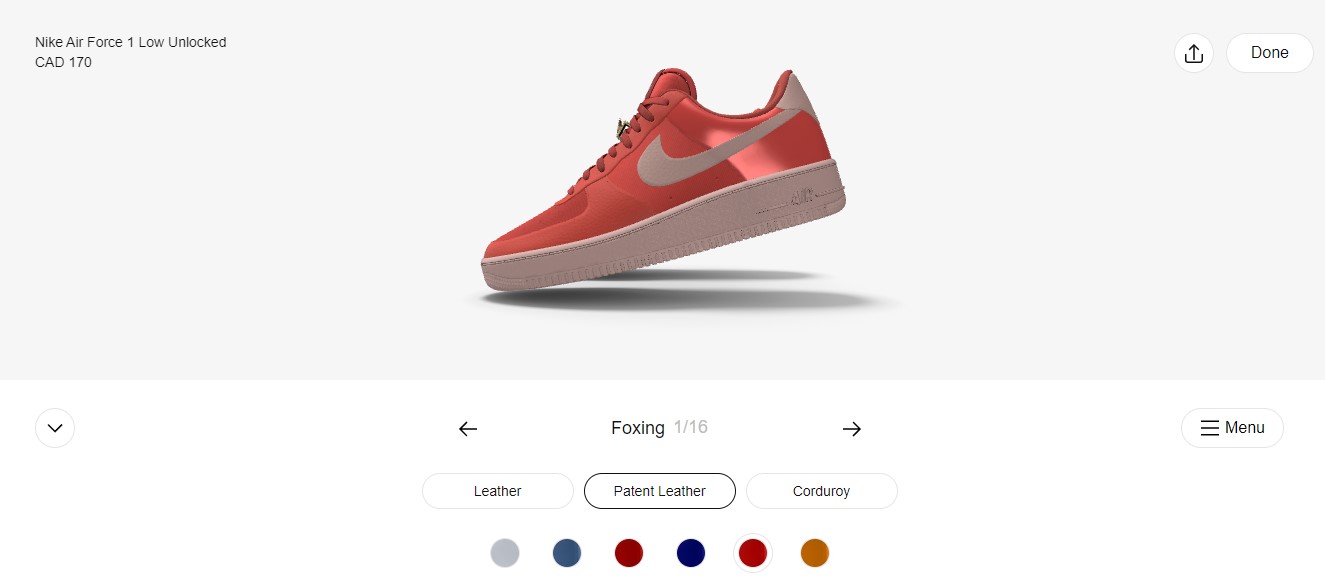 ©Nike.com
©Nike.com
